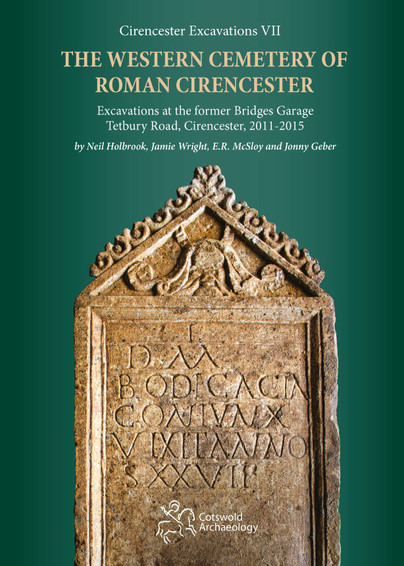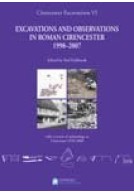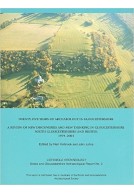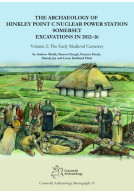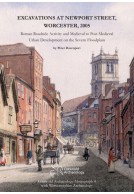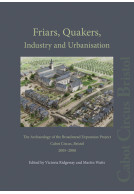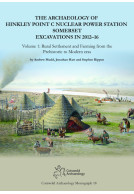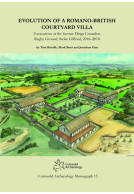The Western Cemetery of Roman Cirencester (Hardback)
Excavations at the former Bridges Garage, Tetbury Road, Cirencester, 2011-2015
Imprint: Cotswold Archaeology
Series: Cirencester Excavations
Pages: 170
Illustrations: 163
ISBN: 9780993454530
Published: 30th November 2017
Script Academic
Series: Cirencester Excavations
Pages: 170
Illustrations: 163
ISBN: 9780993454530
Published: 30th November 2017
Script Academic
You'll be £19.95 closer to your next £10.00 credit when you purchase The Western Cemetery of Roman Cirencester. What's this?
+£4.99 UK Delivery or free UK delivery if order is over £40
(click here for international delivery rates)
Need a currency converter? Check XE.com for live rates
(click here for international delivery rates)
Need a currency converter? Check XE.com for live rates
Excavations in 2011 to 2015 within the Western Cemetery of Roman Cirencester resulted in the discovery of 118 inhumation and 8 cremation burials, the largest investigation of a Roman cemetery in Cirencester since the Bath Gate excavations of the 1970s. A greater quantity of grave goods was recovered from this cemetery compared to the Bath Gate cemetery, testifying to the higher status of those buried here.
Nine burials survived within a postulated walled cemetery. The pottery from the fills of these graves had a clear emphasis on amphorae, flagons and tazze, indicative of funerary ceremonies involving the consumption of wine, or the pouring of it as libations, and the burning of substances. Just outside the walled cemetery, the burial of a 2 to 3-year-old child contained a magnificent enamelled bronze figurine of a cockerel, dateable to the 2nd century AD. Such figurines are rare finds, with only four or five similar examples known from Britain.
Burial activity continued into the 4th century AD. One unusual later grave had a reused sculpted and inscribed tombstone placed face down immediately over the coffin of an adult male. Only 15 inscribed tombstones have been previously recorded from Cirencester so this is a noteworthy discovery, made all the more important by its archaeological context. The tombstone is dedicated to a 27-year-old woman named Bodicacia and has a fine sculpted pediment containing a representation of the god Oceanus. Significantly the god’s face and claws were deliberately mutilated prior to its placement within the grave, which could be a very rare example of Christian iconoclasm from Roman Britain.
Customers who bought this title also bought...
Other titles in the series...
Other titles in Cotswold Archaeology...







